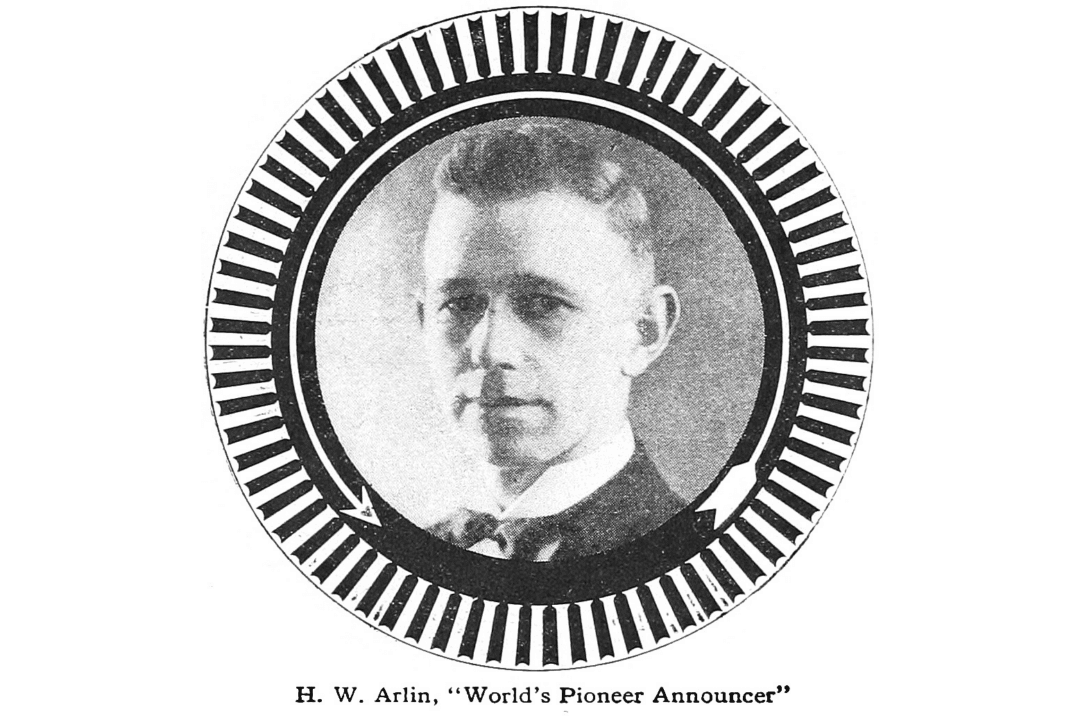There can hardly be a better example of a clash of civilizations than when the Mongols and Europeans met on the battlefield. The Mongols, led by the Khans, established the largest contiguous land empire in human history, stretching across approximately 9 million square miles. Stephen Turnbull’s new book “Mongol Warrior Versus European Knight: Eastern Europe 1237–42” identifies how the Mongol warrior enabled the expansion of this vast empire.
Turnbull focuses on a short period between 1237 and 1242 when the Mongols invaded the lands of Poland and Hungary. In this historically analytic work, the author demonstrates why the Mongol Golden Horde of Batu Khan, grandson of Genghis, were able to outperform the knights in battle—covering everything from their weaponry to their military tactics.






